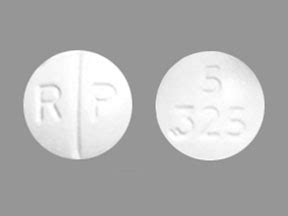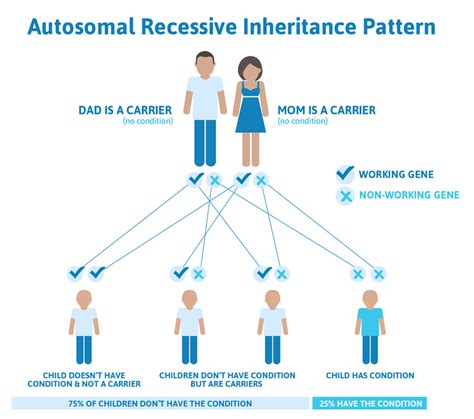Giant papillary conjunctivitis (GPC) is an inflammatory condition affecting the conjunctiva, the thin membrane covering the white part of the eyes and the inside of the eyelids. It is often associated with the use of contact lenses, although it can also occur in individuals who do not wear contact lenses. The condition is characterized by the formation of large papillae (bumps) on the underside of the eyelid, which can cause discomfort, itching, and blurred vision. Treating GPC requires a multifaceted approach that includes discontinuing the use of contact lenses if applicable, using topical medications, and practicing good eye hygiene.
Understanding Giant Papillary Conjunctivitis
Before diving into the treatment options, it’s crucial to understand the causes and symptoms of GPC. The primary cause of GPC in contact lens wearers is believed to be an allergic reaction to the deposits that accumulate on the lens surface, such as proteins and lipids. In non-contact lens wearers, GPC can be due to other allergens or irritants. Symptoms include itchiness, redness, irritation, mucous discharge, and in severe cases, vision disturbances.
Treatment Approaches
The treatment of GPC focuses on reducing inflammation, removing the causative agent (if applicable), and promoting healing of the conjunctiva.
Discontinue Contact Lens Use: For individuals who wear contact lenses, the first step is to stop wearing them until the condition has resolved. This allows the eyes to recover from any irritation caused by the lenses or deposits on them.
Topical Medications:
- Antihistamines and Mast Cell Stabilizers: These can help reduce the allergic response and alleviate symptoms such as itching.
- Anti-inflammatory Medications: Corticosteroid eye drops can be prescribed to reduce inflammation, although their use should be limited due to potential side effects. Non-steroidal anti-inflammatory drugs (NSAIDs) are another option.
- Lubricating Eye Drops: Keeping the eyes moist can help soothe discomfort and support the healing process.
Improving Eye Hygiene:
- Regularly cleaning the eyes and ensuring that any makeup or debris is removed properly can help prevent irritation.
- For contact lens wearers, proper hygiene and maintenance of lenses and lens cases are crucial to prevent the buildup of deposits.
RGP Lenses or Specialized Contact Lenses: In some cases, switching to rigid gas permeable (RGP) lenses or specialized contact lenses designed to reduce deposits may be recommended for those who must continue wearing contact lenses.
Surgical Options: In severe cases where other treatments have failed, surgical removal of the giant papillae may be considered. However, this is typically a last resort due to the risks associated with surgery.
Prevention
Preventing GPC involves minimizing the risk factors associated with its development. For contact lens wearers, this includes:
- Proper Lens Care: Regularly cleaning and disinfecting lenses and lens cases.
- sık Replacement: Adhering to the recommended replacement schedule for lenses.
- Alternative Lens Materials: Considering daily disposable lenses or lenses made from materials that accumulate fewer deposits.
- Hygiene Practices: Avoiding touching the eyes and ensuring hands are clean before handling lenses.
For non-contact lens wearers, preventing exposure to known allergens or irritants and maintaining good eye hygiene can help reduce the risk of developing GPC.
Conclusion
Giant papillary conjunctivitis is a treatable condition, and with the right approach, symptoms can be managed, and in many cases, completely resolved. It’s essential for individuals experiencing symptoms to consult with an eye care professional for a proper diagnosis and personalized treatment plan. By understanding the causes, symptoms, and treatment options for GPC, individuals can take proactive steps towards healthier, more comfortable eyes.
What are the primary causes of Giant Papillary Conjunctivitis?
+The primary cause of GPC in contact lens wearers is an allergic reaction to deposits on the lens surface, while in non-wearers, it can be due to other allergens or irritants.
How is Giant Papillary Conjunctivitis treated?
+Treatment involves discontinuing contact lens use if applicable, using topical medications such as antihistamines, anti-inflammatory drugs, and lubricating eye drops, and practicing good eye hygiene.
Can Giant Papillary Conjunctivitis be prevented?
+Yes, preventive measures include proper lens care and hygiene for contact lens wearers, and avoiding exposure to known allergens or irritants for non-wearers.


